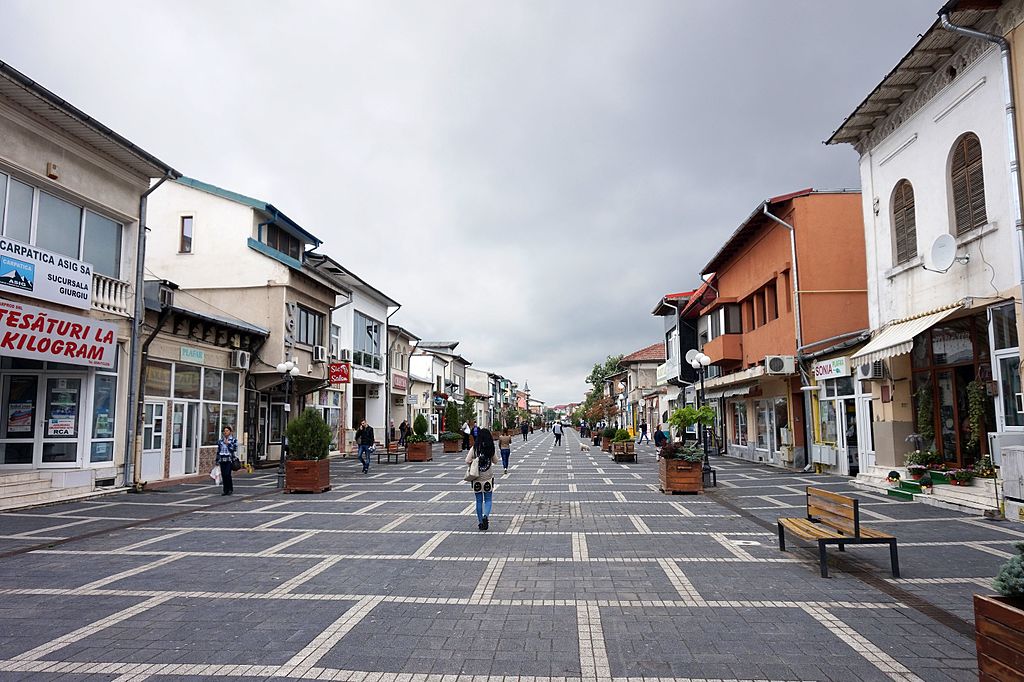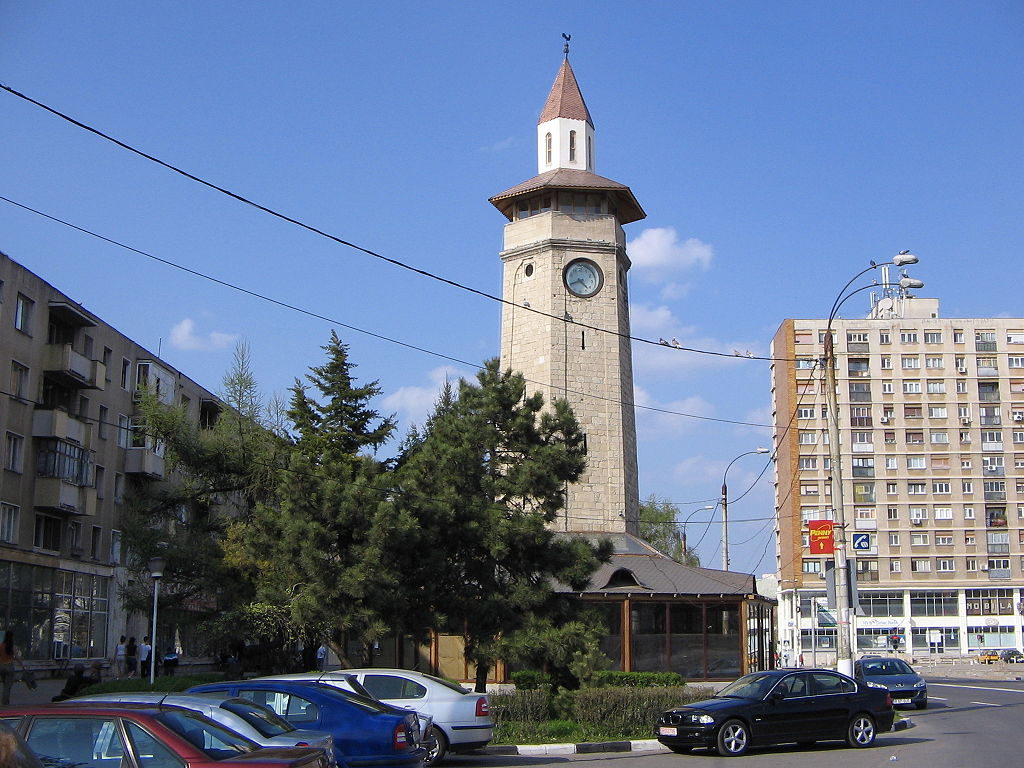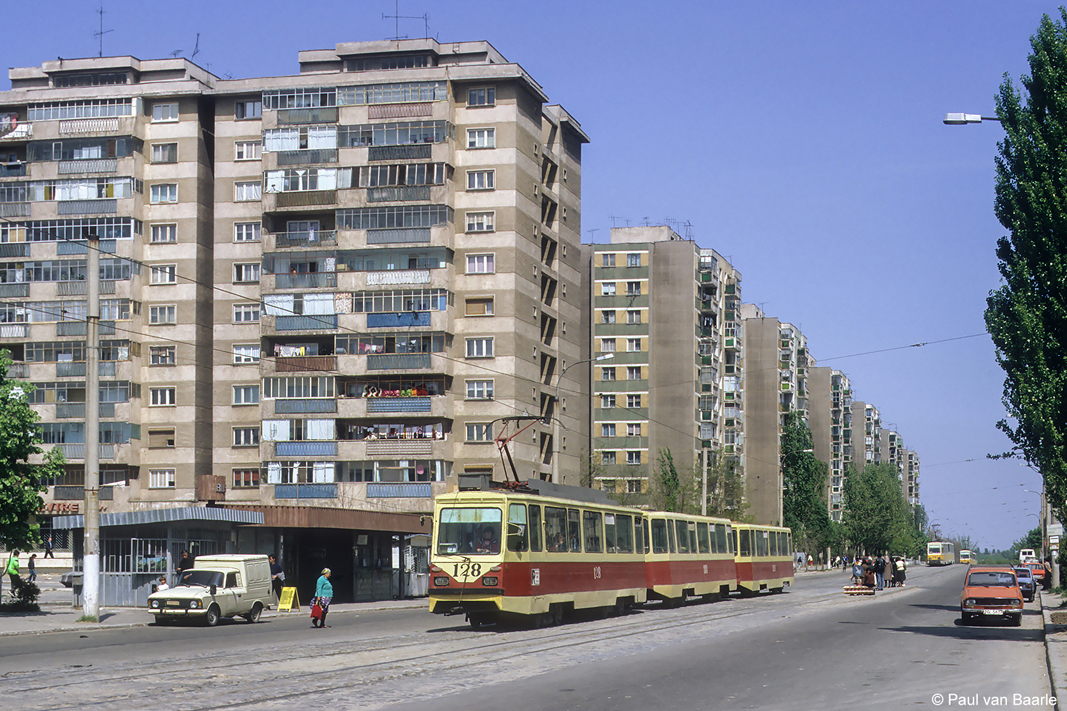Ida Pfeiffer* is very critical about what she sees when she leaves her own Austria behind. She speaks in a derogatory way about the towns along the Danube that she visits. They are dirty, messy and chaotic in her eyes. But, can’t it be that Pfeiffer – as an inhabitant of an extremely tidy Vienna – was seeing the world too much from a perspective full of prejudices?
Pits and holes
Giurgewo, the main goods transit town of Walachia, is one of those places that are no good according to Pfeiffer. ‘The streets and squares are full of pits and holes, the houses are without any form of decoration and are halfway on the streets or they are standing a meter back,’ so her diary mentions. She means to say that the houses weren’t aligned when they were built, but if that is something that is already bothering you? ‘Curiosity drove us to a wine- and a coffeehouse, but in both we only found sober furniture and the guests there belonged to the poorer classes.’ Pfeiffer obviously has to get used to travelling outside her luxurious and refined Vienna.

Present-day Giurgiu lies in Rumania and I wander around the town online. I find a spacious shopping street with simple shops on street level, paved in grey-white patterns. A bit further on there is a belltower that is still from the time of the Ottomans – Pfeiffer must have run into it. The tower today is surrounded by a small park, at the back of which there are some grey and low housing blocks and across the park a residential block in socialist architectural style. Local football club Atra Giurgiu became Rumanian champions in 2016. Behind the stadium you see the factory chimneys rise up in the sky.
Dirty and miserable
When it comes to Galatz (Galați), Pfeiffer is just as negative: ‘The city promises a lot, but it looks as dirty and miserable as Giurgiu. Most houses are made of wood and clay and covered with straw. Only the houses of the consul and the rich merchants are built of stone. There are coffeehouses aplenty, but if there hadn’t been people outside drinking coffee and smoking tobacco, you wouldn’t have taken these dirty establishments for coffeehouses.’ While I quote Pfeiffer, I am ashamed for the fact that she – as my travelling companion – speaks so condescendingly about these places.
Tripoint
However, in the meantime she is thoroughly enjoying herself, judging from her travelogue. To her, Galati feels like a place where her journey really starts. This is where the merchant ships from East and West meet. The seagulls glide over the squares, you can smell the sea. And then all those languages: ‘This is the point of unison of three great monarchies – those of Austria, Russia and Turkey,’ she proudly notes in her travel diary. 175 years later the place still is a tripoint, only the actors have changed. Galati is now in Rumania, its northeastern municipal border is also the national border with Moldova and the easternmost point borders on Ukraine.

RET trams from Rotterdam
In the meantime in Galați I am surprised about completely different matters than Pfeiffer. Like, in the western part of the city I see seven neighbourhoods that are all called Micro: Micro 13 and 14, Micro 19, 20 and 21 and Micro 39B and 39C. And I wonder: why just these numbers? I haven’t been able to find an answer to that. Photos, however, I have found. I run into pictures of stony neighbourhoods and run down housing blocks. But also of high rise residential towers surrounded by green and friendly looking red apartment blocks.
What I also find about Galați are some photographs with very familiar looking trams. In a blog by Paul van Baarle from 2017 I read why. After the political changes of 1989, over time, a shortage in trams arose. This shortage in equipment could be addressed by taking over older trams from – among others – Berlin, Dresden and Rotterdam. Between 2008 and 2012, 26 trams in all were sold to Galati by the Rotterdam public transport company (RET).
New age
But everything is subject to change, all of the time. When I speak to Van Baarle via e-mail, he lets me know that at the moment no trams at all are operating in Galați, let alone those from Rotterdam. At the time, the rails are being renovated and new trams have been ordered. And with this a new era for Galati is dawning.
* In 1842 Ida Pfeiffer got on a steamboat in Vienna to Istanbul, not knowing yet that she would eventually make five journeys (around the world). At present I am following her journeys digitally and I am curious what her world from then, looks like now.
Main photo: Paul van Baarle. Tram Galați

